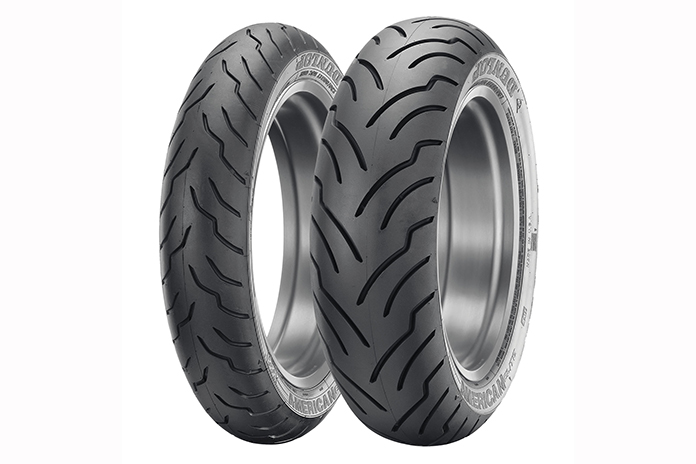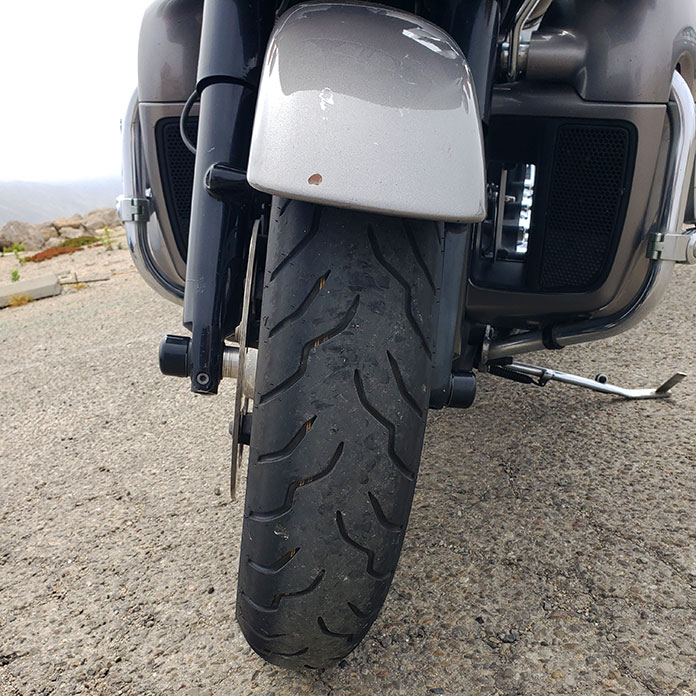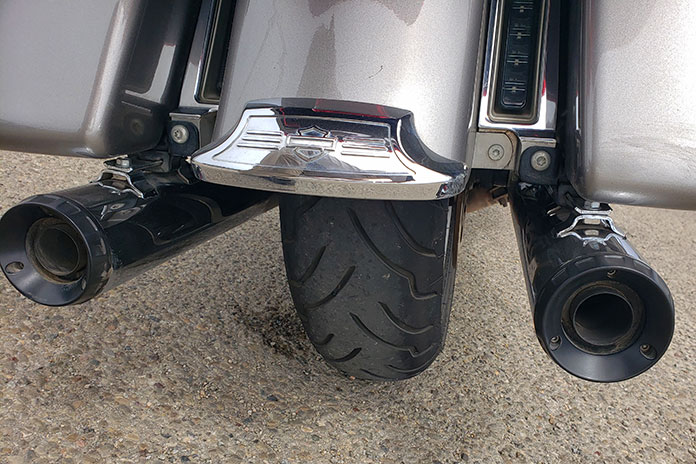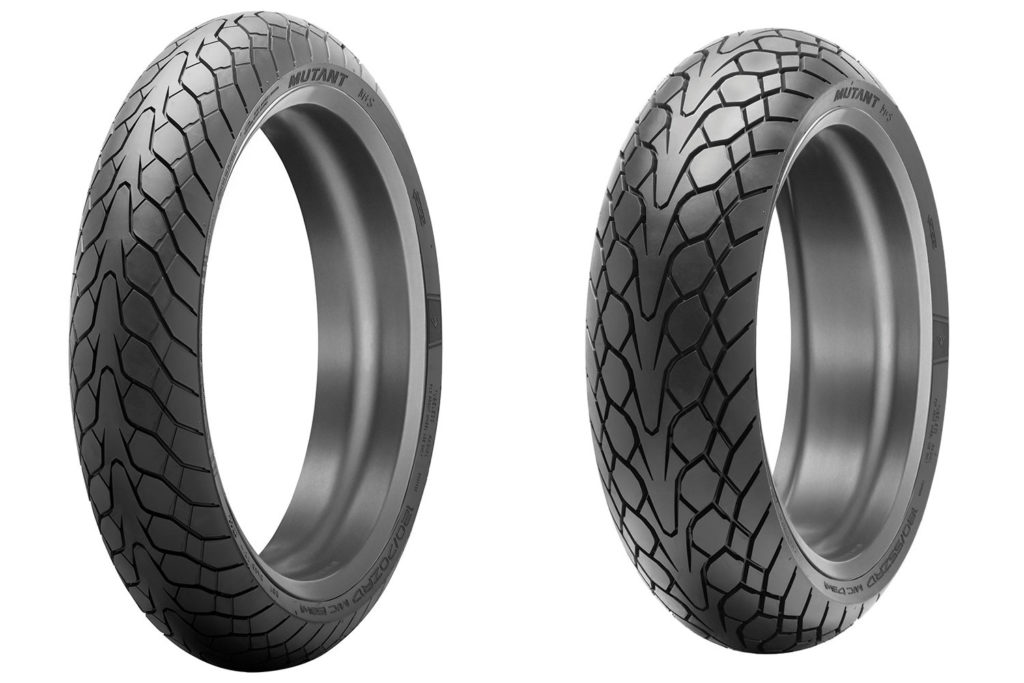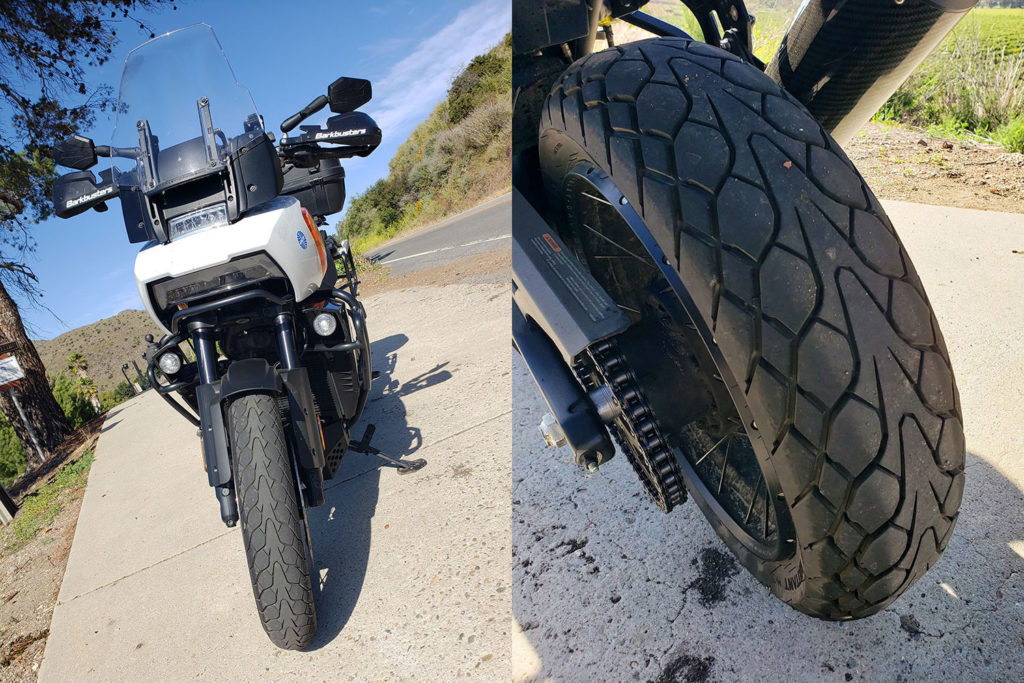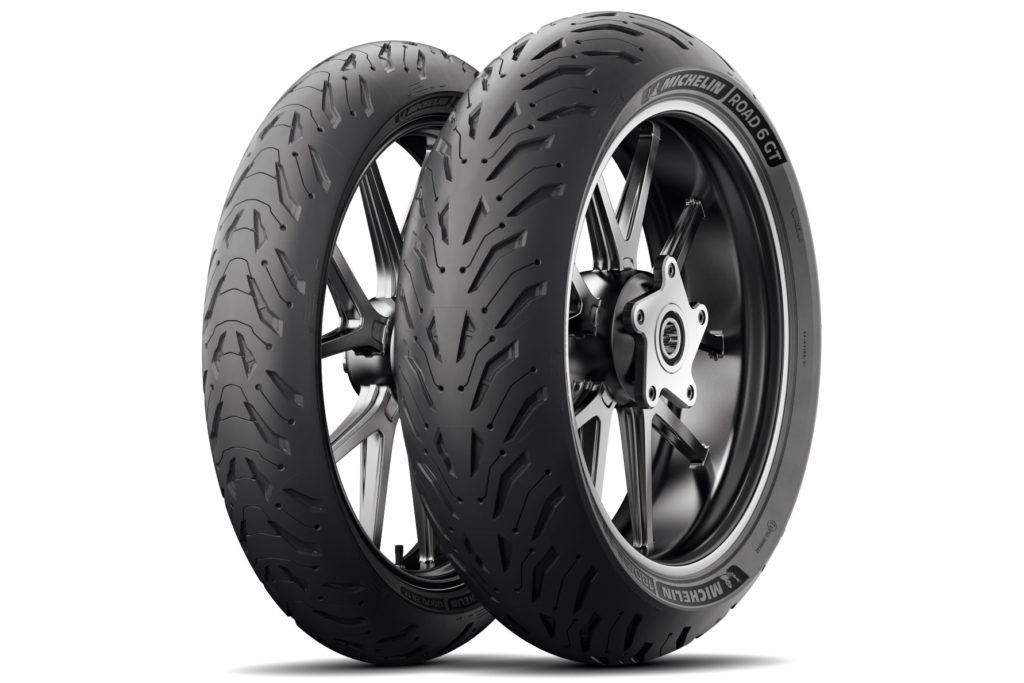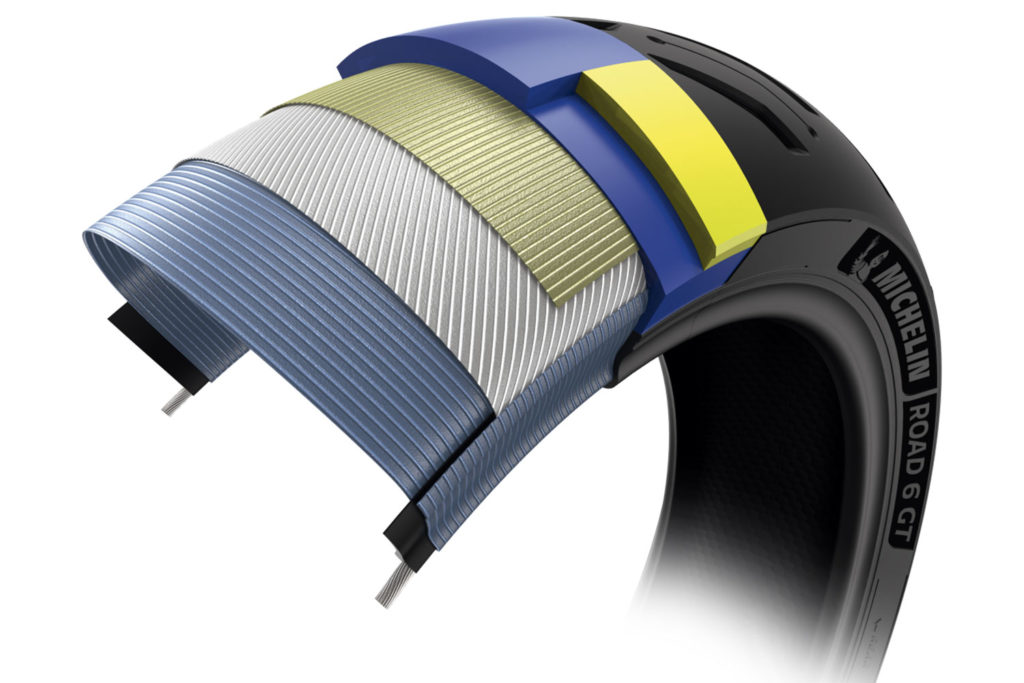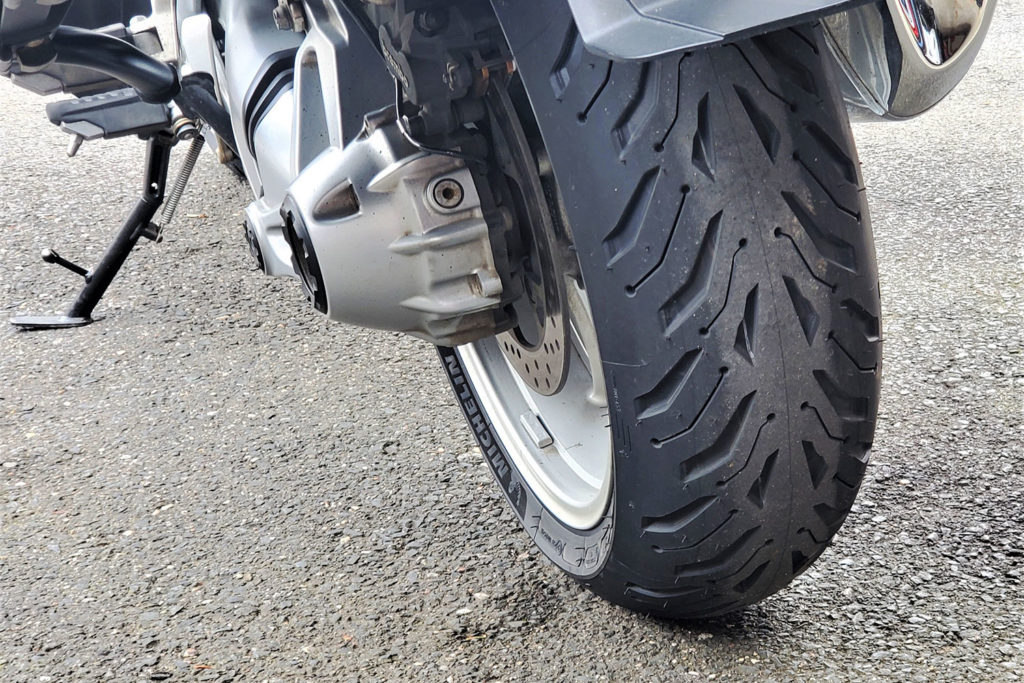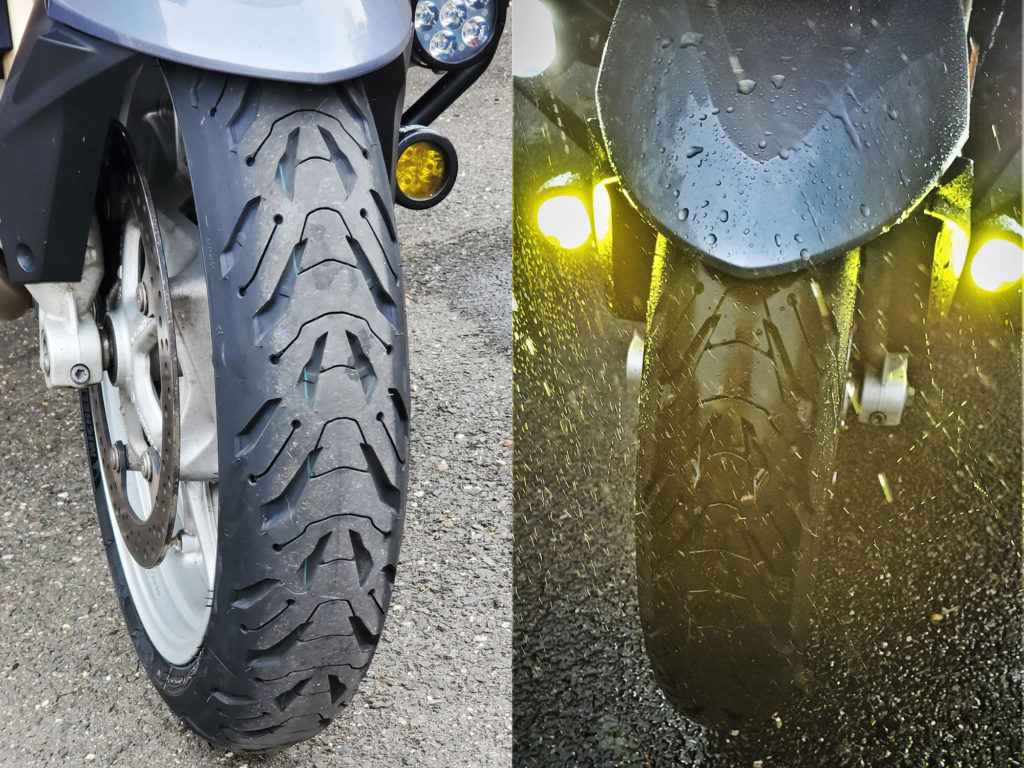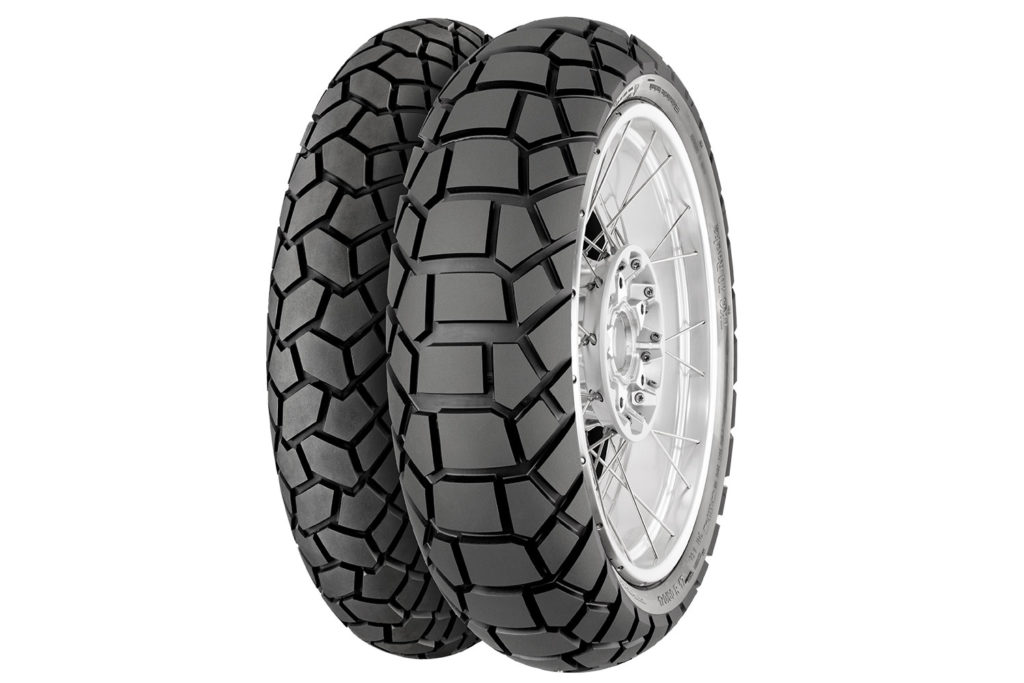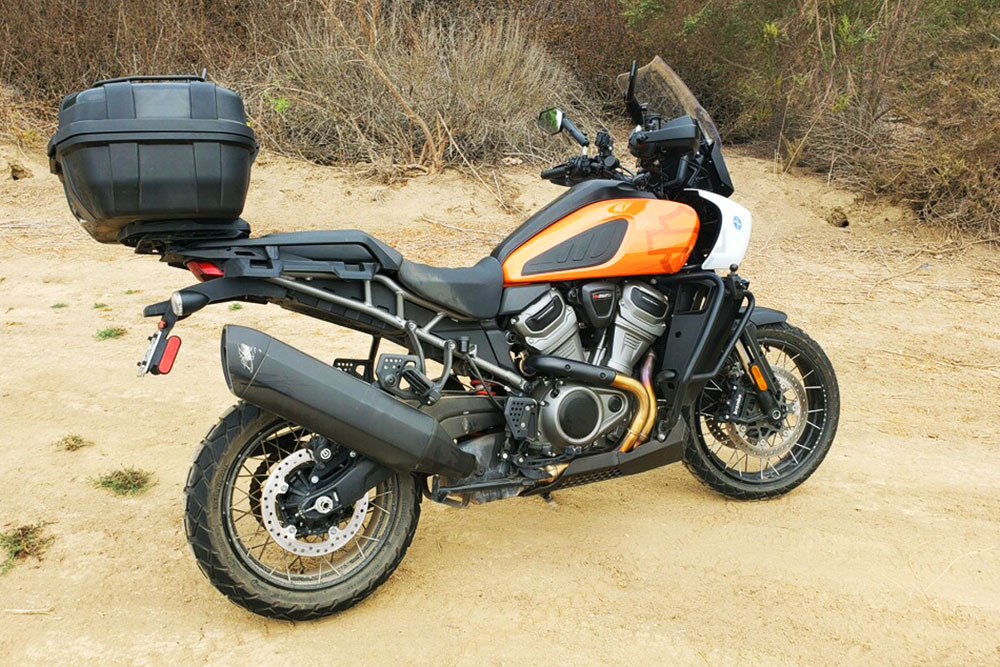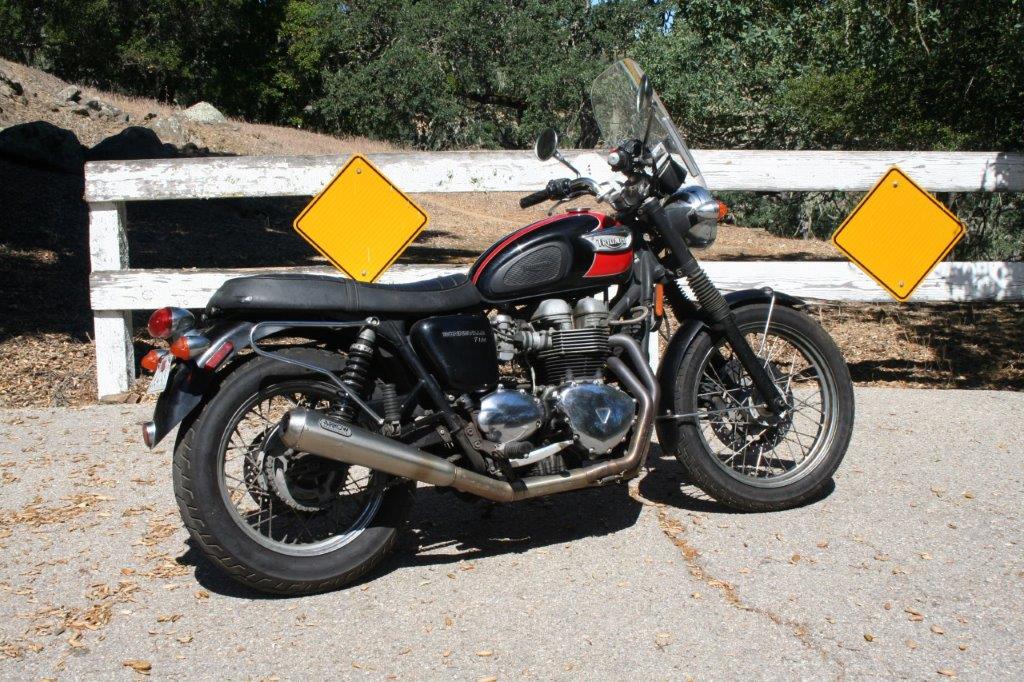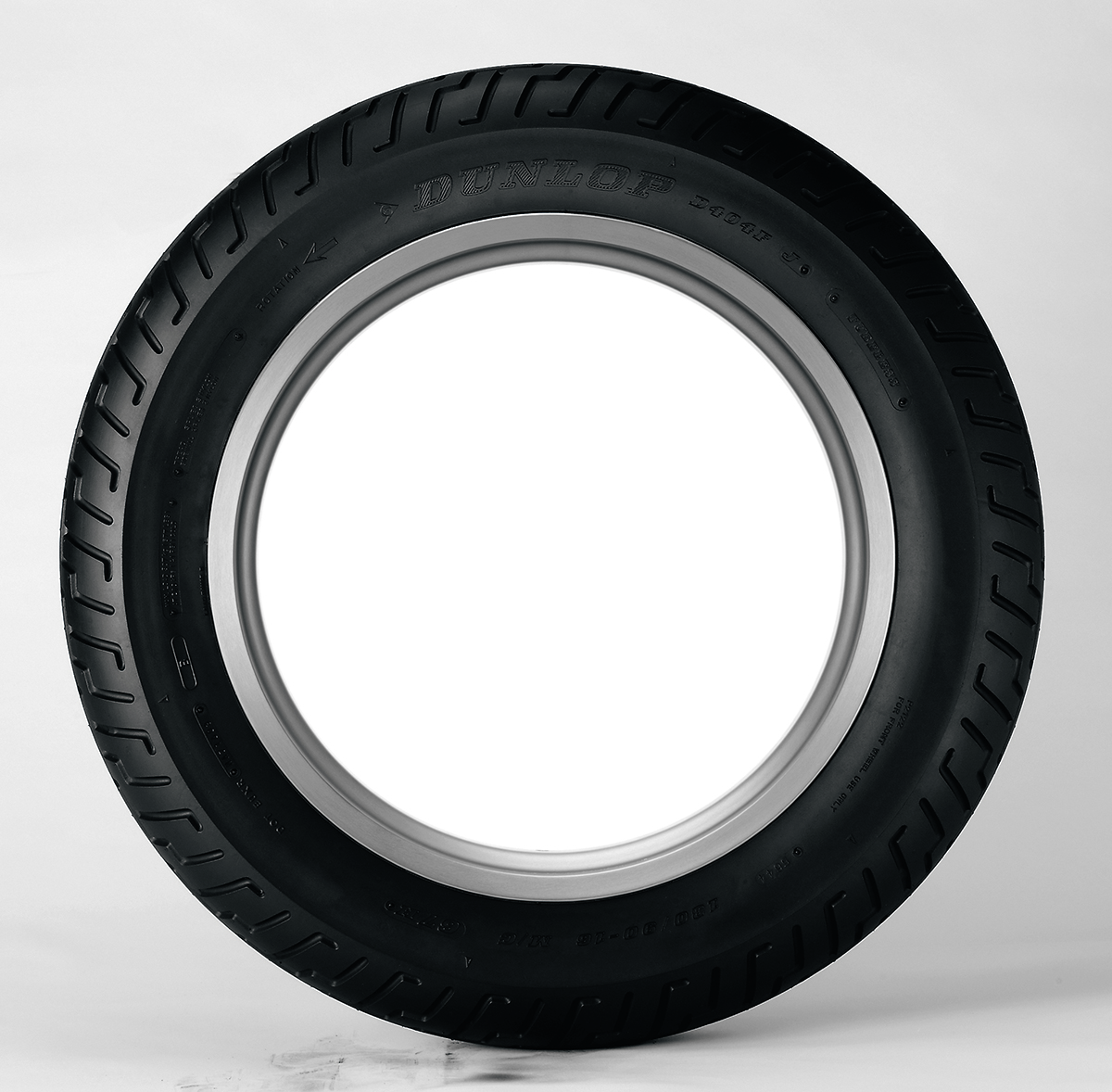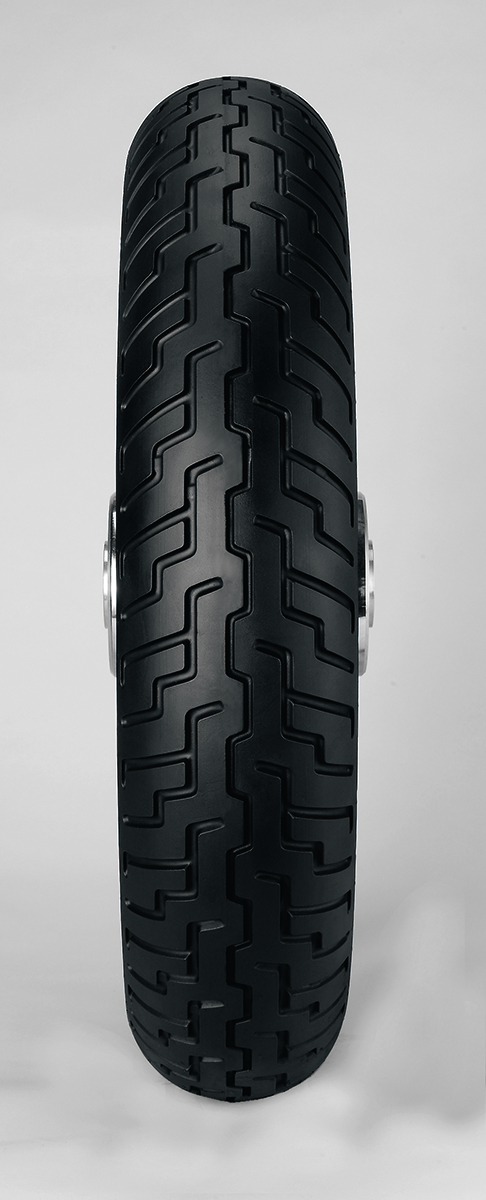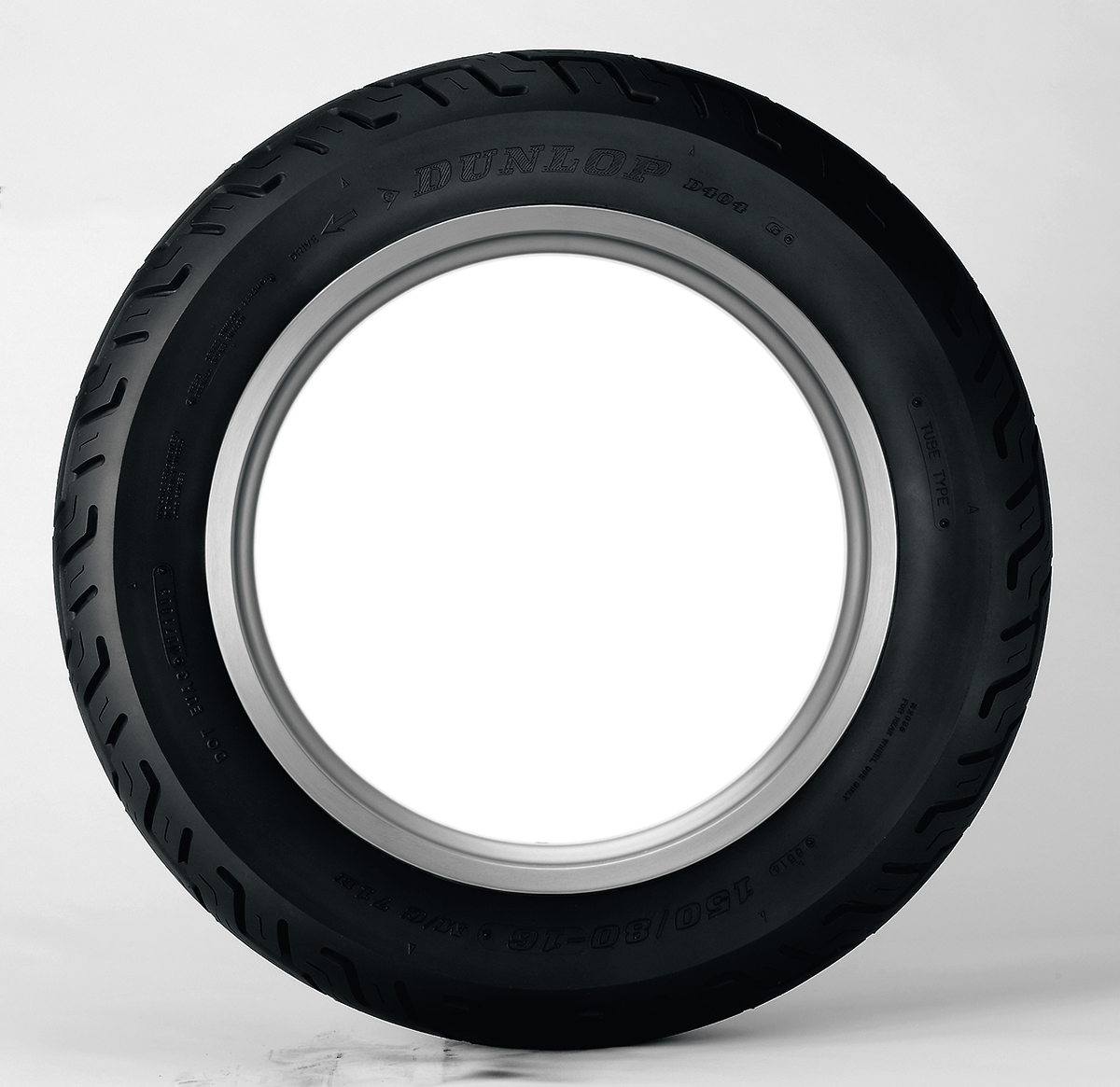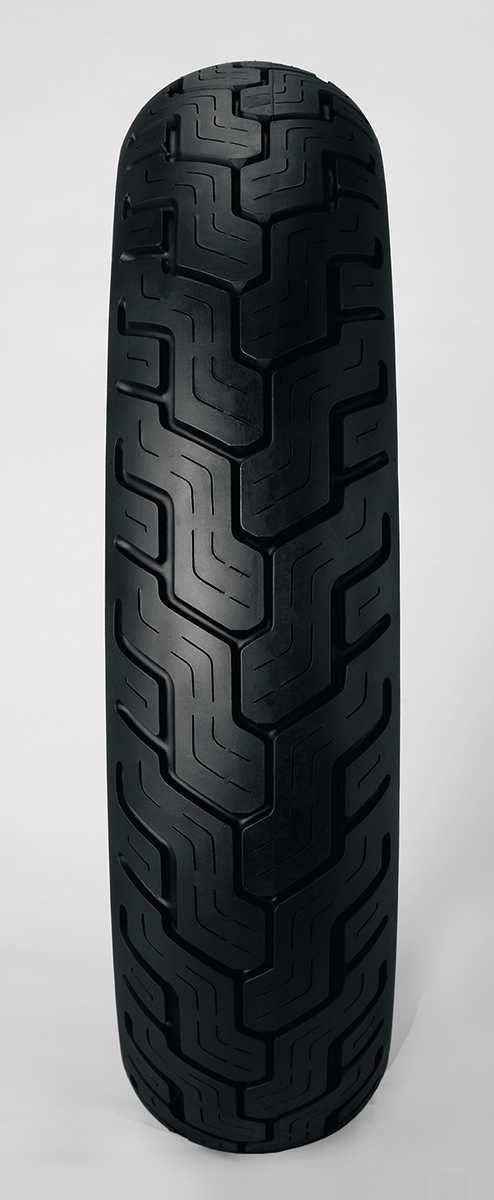Touring tires for heavyweight bikes need to be made of tough stuff. They are expected to last a long time and perform well in hot, cold, wet, and dry conditions on all kinds of roads. Dunlop American Elite tires meet all these requirements and more. I’ve put more than 1,500 miles on them aboard my 2017 Road Glide Ultra since getting them spooned on by the good folks at Ventura Harley-Davidson, and I am very impressed. In fact, in over 48 years of riding motorcycles (don’t judge), these are the best road tires I’ve ever tried.
The American Elites provide excellent ride quality, the first line of defense against potholes, seams, and cracks in the neglected poured-concrete freeways and sunbaked highways where I live in California. For those of you who live in parts of the country with smoother roads, you’ll enjoy an even more comfortable, confidence-inspiring ride.
Related Story: Dunlop Mutant Tires tested on a Harley-Davidson Pan America
Stable and smooth on the highway, when the pavement starts to curve, the Dunlops exhibit neutral turn-in behavior and hold a steady line. When midcorner corrections are required, they respond with stability and excellent feedback. I rode in temperatures ranging from 55 to 113 degrees on roads with tar snakes, grooved pavement, and other irregularities, and the tires’ performance remained consistent and predictable. They were particularly quiet, with little change in road noise over varying surfaces.
From an aesthetic side, the American Elites are handsome-looking tires that have deep, rain-evacuating grooves. The front tire is made of a single compound while the rear uses Dunlop’s Multi Tread technology to provide durability in the center and reassuring grip on the shoulders. Dunlop claims the Elites offer more longevity, better stability, more wet grip, and greater bump compliance than Michelin Commander IIs. Based on my experience with both types of tires on my Ultra, I would agree.
These are premium tires that will enhance the enjoyment and safety of riding your American-made motorcycle. I give them an enthusiastic two thumbs up!
Dunlop American Elite tires are designed, tested, and manufactured in the United States. They are available in blackwall, narrow whitewall, and wide whitewall styles in a range of sizes for Harley-Davidson, Indian, and Victory models. Pricing ranges from $185.95 to $381.95 depending on size.
The post Dunlop American Elite Tires | Gear Review first appeared on Rider Magazine.
Source: RiderMagazine.com

